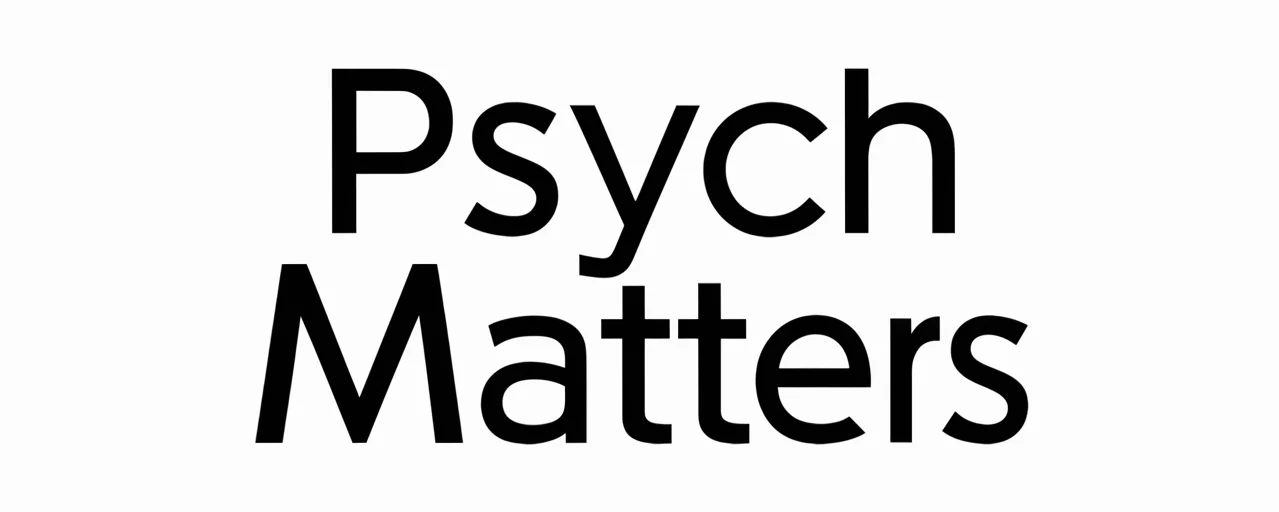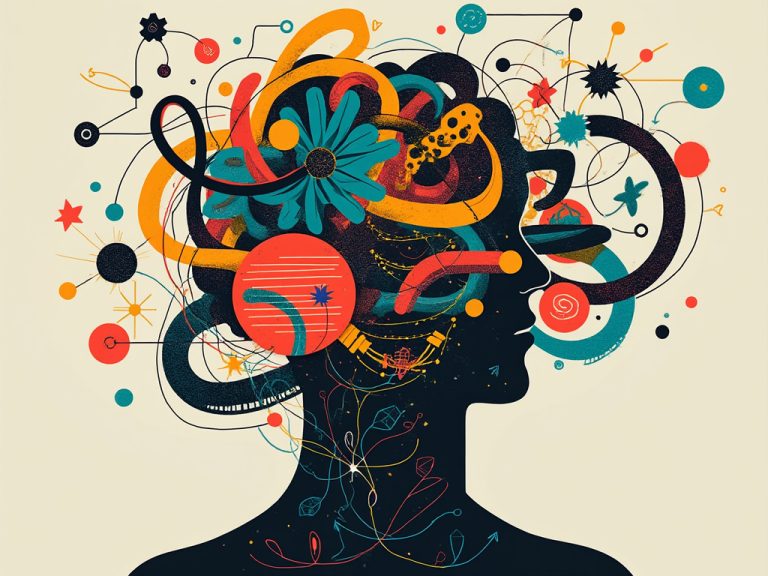Mind Meets Mind: The Psychology of Creative Collaboration
Spark of Shared Genius
Creative collaboration emerges when multiple individuals bring together their unique perspectives, experiences, and skills to address problems, generate ideas, or create novel solutions. This process, often referred to as group creativity or collaborative innovation, is a cornerstone of fields from design thinking to research and the arts. It is not simply the sum of individual contributions—rather, it is strengthened by dynamic interactions, mutual influence, and the capacity to co-construct meaning in real time.

As discussed in qualitative studies exploring arts–research collaboration, the “spark” often arises from the willingness to engage in shared exploration, navigate ambiguity, and adapt to evolving ideas. This collective engagement transforms innovative potential into tangible outcomes.
Core Psychological Principles
The psychology behind successful creative teams can be understood through several well-documented cognitive and emotional mechanisms:

- Divergent Thinking: Generating multiple possible solutions by breaking away from conventional patterns.
- Perspective-Taking: Understanding and integrating different viewpoints to expand idea generation.
- Shared Intentionality: Aligning around common goals while remaining open to emergent directions.
- Cognitive Stimulation: Exposure to others’ ideas, as noted in collaborative creativity research, disrupts fixation and sparks novel associations.
These principles collectively support creative synergy—when a group’s output is more innovative than the sum of its parts. They also reduce barriers to creative thinking, such as rigid mental sets or fear of judgment, that can limit team creative performance.
Social Dynamics that Fuel Creativity
At the heart of team psychology lies the understanding that relationships shape collaborative outcomes. Key social dynamics include:

- Psychological Safety: Team members feel safe to take risks without fear of negative consequences, encouraging experimentation and candid feedback.
- Mutual Respect: Recognizing each participant’s contributions fosters group cohesion and strengthens trust in teams.
- Constructive Creative Conflict: Differences in opinion are explored productively, stimulating deeper thinking and more robust ideas.
- Shared Mental Models: A common understanding of goals, processes, and expectations supports smoother collaboration.
These dynamics form an environment conducive to collaborative problem solving, where interpersonal communication and trust fuel a sustainable creative culture.
Embracing Uncertainty and Flexibility
Effective creative teams must navigate high degrees of uncertainty. In creative collaboration contexts, not-knowing is not a limitation but a resource. The capacity to remain flexible—shifting roles, modifying approaches, and rethinking ideas—facilitates adaptation to emerging insights. As research on embracing uncertainty in collaborative contexts suggests, this openness enables innovation to flourish by removing rigid constraints and welcoming serendipity.

Practical ways teams can embrace uncertainty include:
- Adopting iterative processes such as rapid prototyping and quick testing.
- Encouraging exploratory brainstorming without premature evaluation.
- Viewing setbacks as opportunities for learning and creative pivoting.
Enabling Conditions for Team Innovation
Creating the right environment is key to unlocking collective intelligence. According to studies on creative team environments, essential enabling conditions include:

- Psychological Safety: Essential for risk-taking without fear of criticism.
- Complementary Skill Sets: Diverse expertise brings richer inputs to the creative process.
- Clear but Flexible Goals: A defined purpose balanced with adaptability.
- Shared Ownership: A collective sense of responsibility for outcomes.
Physical and social spaces matter as well—environments designed for informal interactions often facilitate group flow, supporting spontaneous exchange and idea development.
Benefits Beyond Ideas
The gains from collaborative creativity extend beyond innovative output. Evidence from organizational psychology indicates that joint creative work can:
- Strengthen interpersonal bonds through shared challenges and triumphs.
- Increase empathy by exposing members to diverse experiences and perspectives.
- Improve communication patterns and foster ongoing trust.
These relational benefits reinforce long-term team motivation and maintain high performance even in volatile or complex contexts.
Lasting Impressions: The Collaborative Journey Continues
Creative collaboration is as much a professional practice as it is a relational journey. The psychological, social, and environmental factors that sustain it can be consciously cultivated to overcome barriers and deepen collaborative learning. Methods drawn from arts-based and ethnographic research provide valuable insights for leaders aiming to foster enduring innovation cultures in organizations.
When nurtured, the relationships and skills developed through collaborative work form a foundation for future breakthroughs, ensuring that the collective spark of creativity continues to ignite new ideas and possibilities across projects and contexts.







